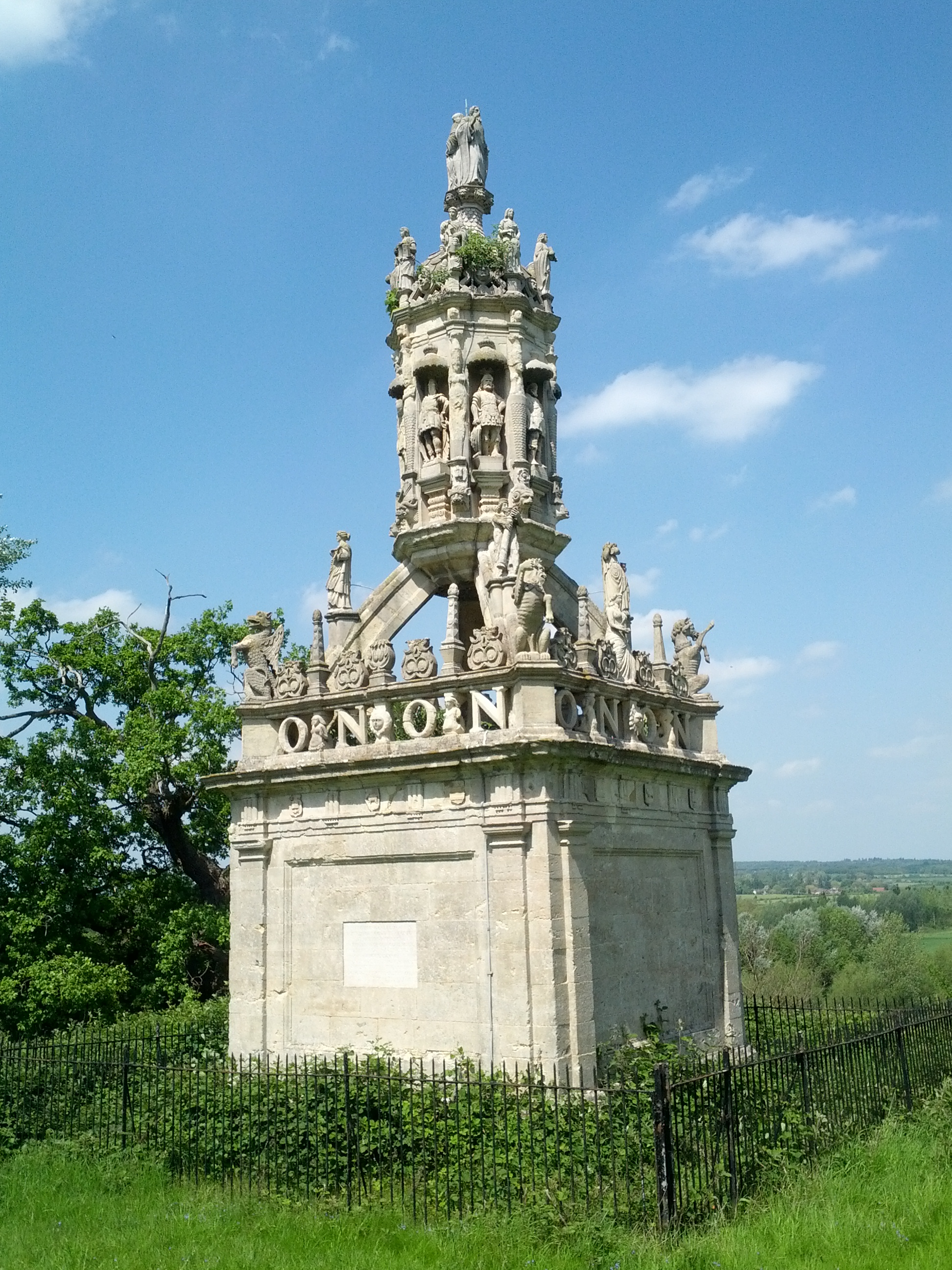Carfax Conduit on:
[Wikipedia]
[Google]
[Amazon]
 The Carfax Conduit was a water conduit that supplied the city of
The Carfax Conduit was a water conduit that supplied the city of Victoria County History of Oxfordshire: Water Supply
/ref>
 *Conduit House
*Carfax
*Cistern, now at Nuneham House
*Conduit House
*Carfax
*Cistern, now at Nuneham House
 The Carfax Conduit was a water conduit that supplied the city of
The Carfax Conduit was a water conduit that supplied the city of Oxford
Oxford () is a city in England. It is the county town and only city of Oxfordshire. In 2020, its population was estimated at 151,584. It is north-west of London, south-east of Birmingham and north-east of Bristol. The city is home to the Un ...
with water from 1610 until 1869.
The conduit ran in an underground lead pipe from a spring on the hillside above the village of North Hinksey
North Hinksey is a village and civil parish in Oxfordshire, England, immediately west of Oxford. The civil parish includes the large settlement of Botley, effectively a suburb of Oxford. North Hinksey was part of Berkshire until the 1974 bou ...
, beneath Seacourt Stream and the River Thames
The River Thames ( ), known alternatively in parts as the River Isis, is a river that flows through southern England including London. At , it is the longest river entirely in England and the second-longest in the United Kingdom, after the ...
, to a building at Carfax in the centre of Oxford. The system was built by Otho Nicholson, a London lawyer, to supply the citizens of Oxford with clean water. It replaced a system built by Osney Abbey
Osney Abbey or Oseney Abbey, later Osney Cathedral, was a house of Augustinian canons at Osney in Oxfordshire. The site is south of the modern Botley Road, down Mill Street by Osney Cemetery, next to the railway line just south of Oxford ...
between 1205 and 1221 that had fallen into disrepair.
The conduit building at Carfax was an elaborate structure, some tall, with eight niches containing statues of historic and mythical figures. By 1787 it had become an obstacle to traffic and it was removed in 1797 and replaced by a smaller cistern. The original structure was given to the Earl Harcourt, who had it re-erected in the grounds of his home, Nuneham House
Nuneham House is an eighteenth century villa in the Palladian style, set in parkland at Nuneham Courtenay in Oxfordshire, England. It is currently owned by Oxford University and is used as a retreat centre by the Brahma Kumaris World Spiritual ...
, where it remains to this day. Two plaques are attached to opposite sides of the building, giving a short history in English and Latin. The re-erected conduit is a Grade I listed building and scheduled monument.
A building, now called the Conduit House, was built at Harcourt Hill over the spring. It remains ''in situ'' and is in the care of English Heritage
English Heritage (officially the English Heritage Trust) is a charity that manages over 400 historic monuments, buildings and places. These include prehistoric sites, medieval castles, Roman forts and country houses.
The charity states that i ...
. The Conduit House site is designated as a Grade II* listed building and a scheduled monument.
The entire system fell into disuse in the 19th century. In 1869, when it was carrying very little water, the conduit was sold to Oxford Corporation./ref>
Locations
 *Conduit House
*Carfax
*Cistern, now at Nuneham House
*Conduit House
*Carfax
*Cistern, now at Nuneham House
Notes
References
*Hibbert, Christopher (ed.) (1988) ''The Encyclopaedia of Oxford''; associate editor: Edward Hibbert. London: Macmillan * {{Cite journal , last = Cole , first = Catherine , author-link = , title = Carfax Conduit , journal = Oxoniensia , volume = 29-30 , issue = , pages = 142–166 , date = 1964–65 , url = http://www.oxoniensia.org/volumes/1964-5/cole.pdf , issn = , doi = , id = , accessdate = 2010-07-21 Buildings and structures in Oxfordshire English Heritage sites in Oxfordshire Grade I listed buildings in Oxfordshire Grade II* listed buildings in Oxfordshire Scheduled monuments in Oxfordshire Aqueducts in England Buildings and structures completed in 1617 Infrastructure completed in 1617 1617 establishments in England